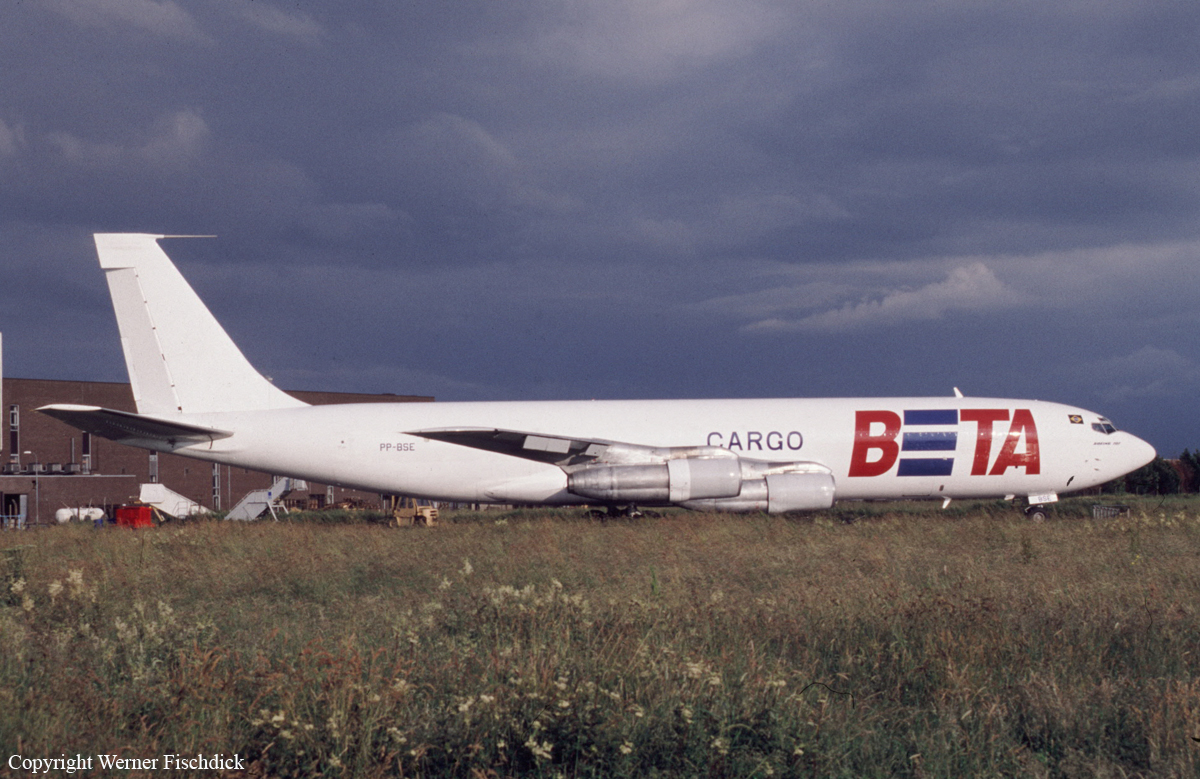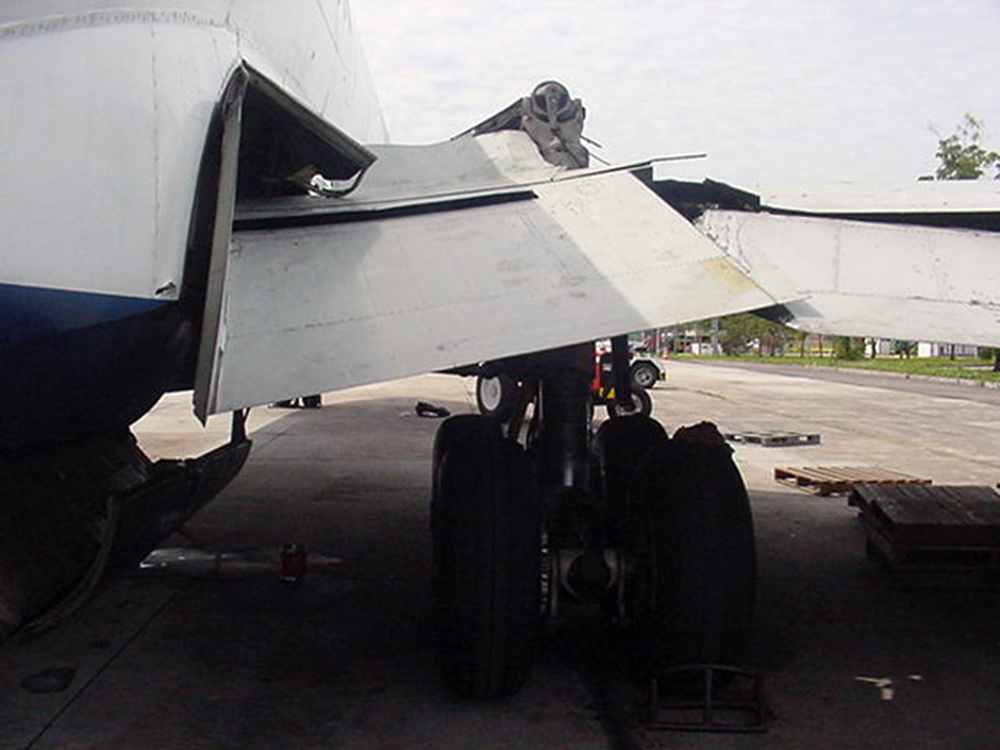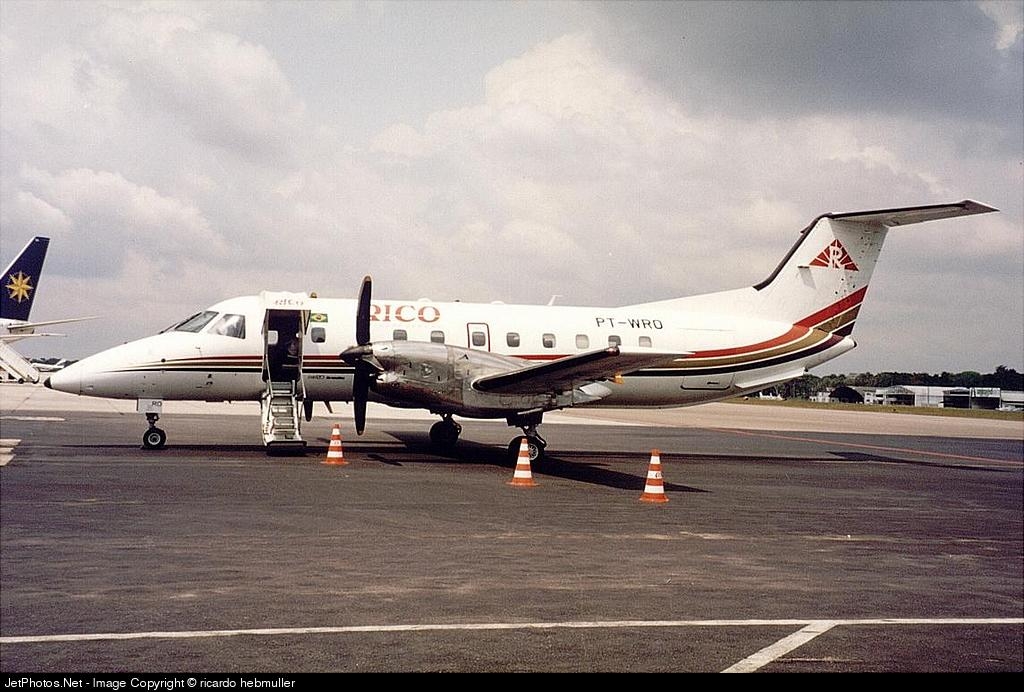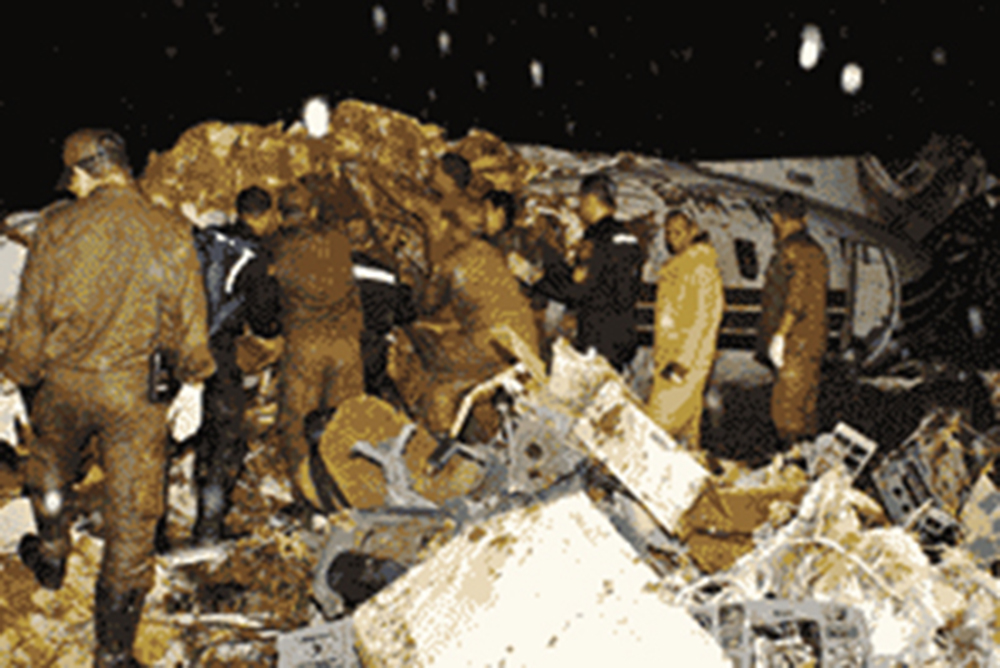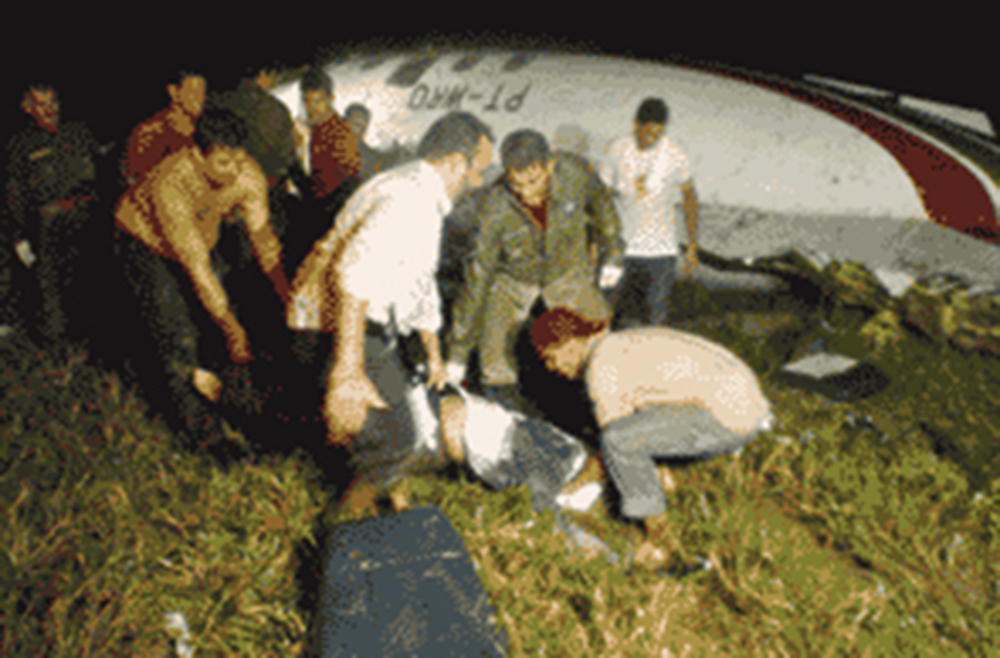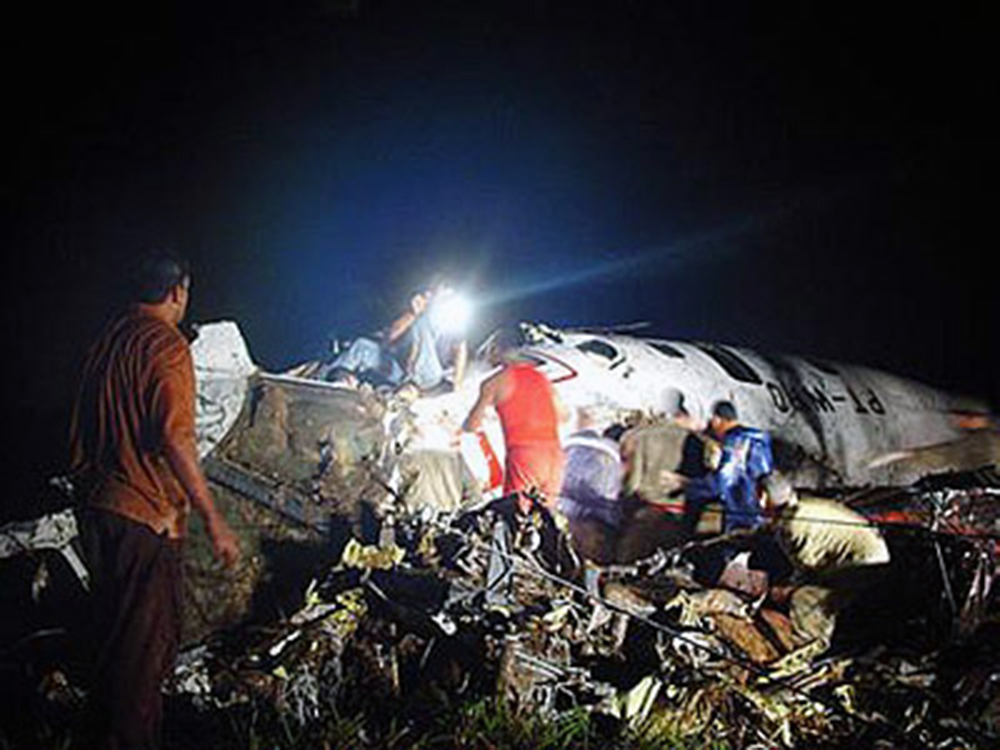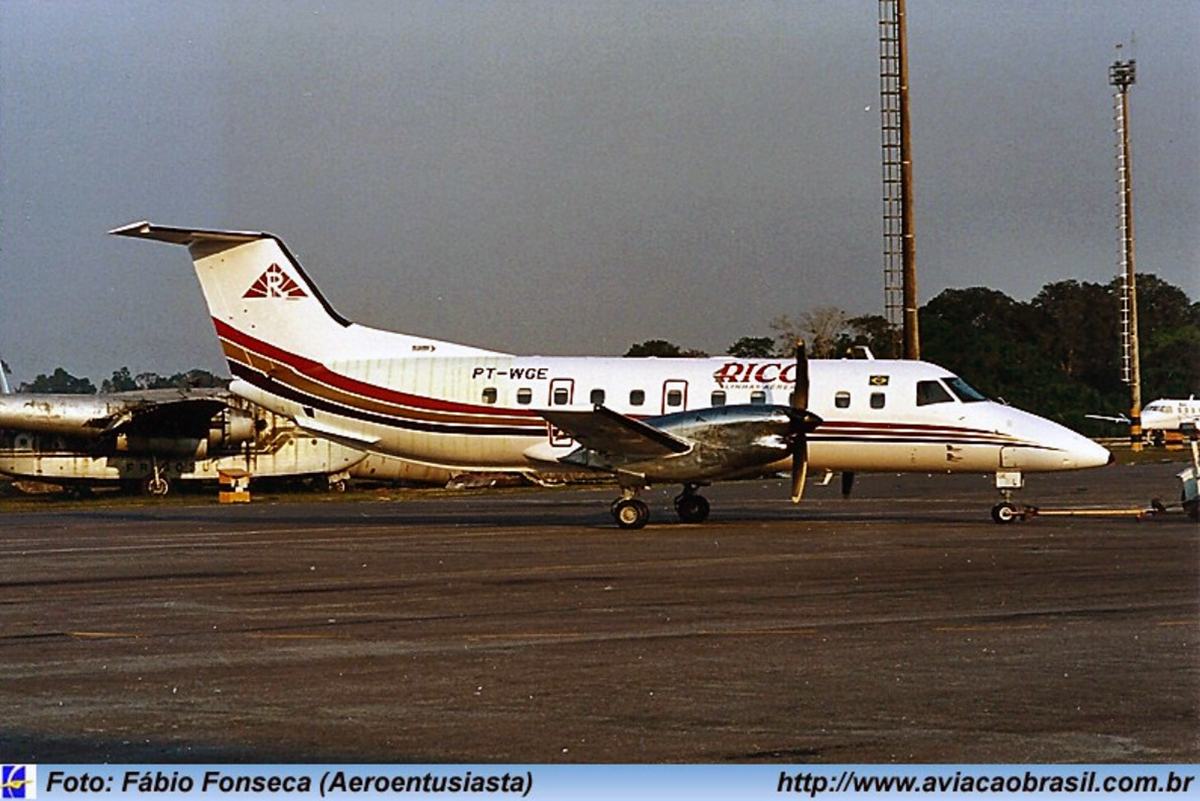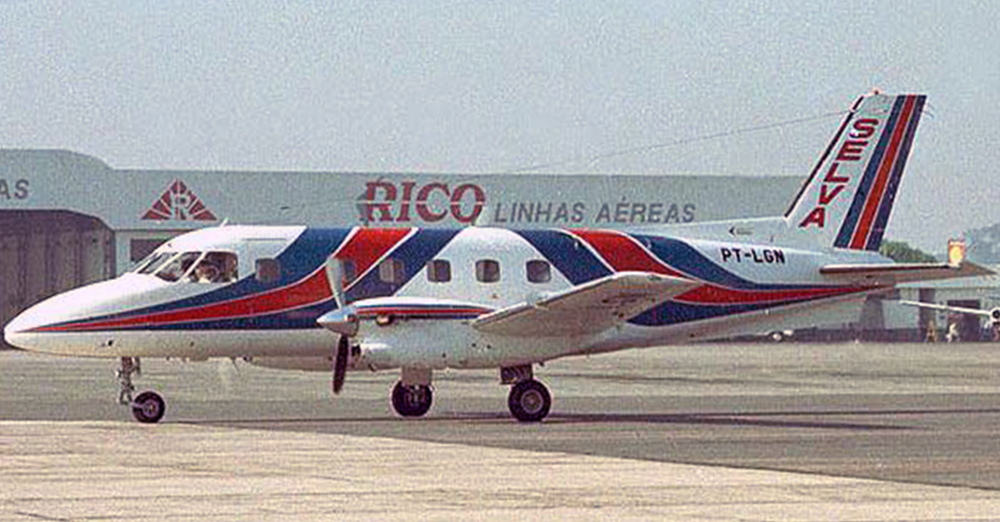Crash of a Boeing 707-330C in Manaus
Date & Time:
Oct 23, 2004 at 0840 LT
Registration:
PP-BSE
Survivors:
Yes
Schedule:
Manaus – São Paulo
MSN:
19317
YOM:
1967
Crew on board:
3
Crew fatalities:
Pax on board:
0
Pax fatalities:
Other fatalities:
Total fatalities:
0
Captain / Total hours on type:
6600.00
Copilot / Total hours on type:
3180
Aircraft flight hours:
95933
Circumstances:
Ready for takeoff on runway 10 at Manaus-Eduardo Gomes Airport, the crew released brakes and increased engine power when a loud noise was heard coming from the right side of the aircraft. The captain decided to reject takeoff and applied brakes when the aircraft started to deviate to the right. It veered off runway and came to rest. All three crew members escaped uninjured while the aircraft was considered as damaged beyond repair after the right main gear punctured the wing.
Probable cause:
The right main gear collapsed during takeoff following a structural failure caused by the presence of fatigue cracks that were not detected by the maintenance crew because of poor maintenance. The aircraft already suffered an accident in Guarulhos Airport, causing damages to the right main gear.
Final Report:
